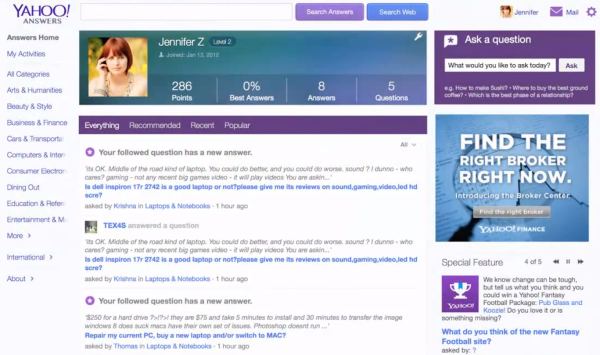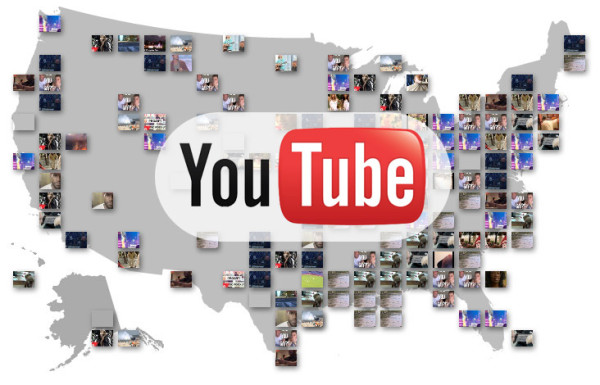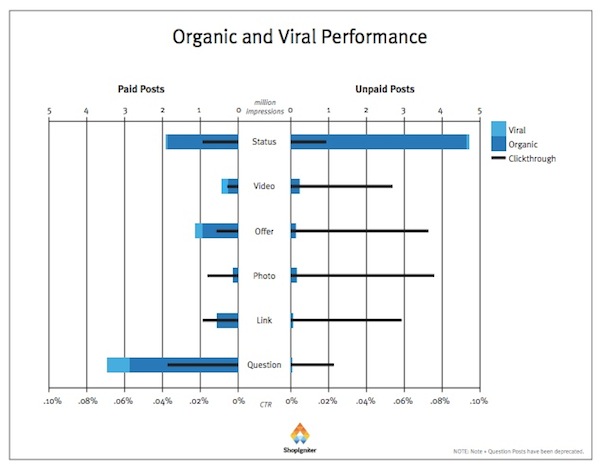 Many considered it only a matter of time before advertising would find its way onto Instagram, since Facebook purchased the app. However it took much longer than most expected. Instagram has remained ad-less until now, but over the next few months you will finally see that change. Instagram announced late last week that advertising would begin rolling out within the Instagram photo stream over the next few months.
Many considered it only a matter of time before advertising would find its way onto Instagram, since Facebook purchased the app. However it took much longer than most expected. Instagram has remained ad-less until now, but over the next few months you will finally see that change. Instagram announced late last week that advertising would begin rolling out within the Instagram photo stream over the next few months.
This doesn’t mark the first possible attempt to monetize Instagram. Jennifer Slegg reminds us of late last year when Instagram altered its terms to suggest that Instagram would all the rights to all photos posted on it, implicating that Instagram would begin selling those photos to advertisers. The response was massive and overwhelmingly negative, as users began to flee from the service until the terms were reverted.
Since then, the waters have been quiet, but it was heavily expected that Facebook would attempt to turn Instagram into a revenue generating service, seeing as it cost Facebook $1 billion.
This attempt is a little more direct than their change to their terms, but it appears they will be slowly integrating advertisers. They are clearly more cautious this time around – Instagram even emphasized that there would be no changes to how image or video ownership would be viewed.
The company is starting with just a limited number of U.S. advertising firms only showing small and occasional ads. All ads are required to use high-quality images and videos, so they should blend in on the feed.
Seeing photos and videos from brands you don’t follow will be new, so we’ll start slow. We’ll focus on delivering a small number of beautiful, high-quality photos and videos from a handful of brands that are already great members of the Instagram community.
Our aim is to make any advertisements you see feel as natural to Instagram as the photos and videos many of you already enjoy from your favorite brands. After all, our team doesn’t just build Instagram, we use it each and every day. We want these ads to be enjoyable and creative in much the same way you see engaging, high-quality ads when you flip through your favorite magazine.
Expect the ads to be similar to the sponsored posts you see in Facebook, but designed for Instagram. The company will also be heavily soliciting feedback from users about the types of advertising being tested and shown, including the ability to hide them.










